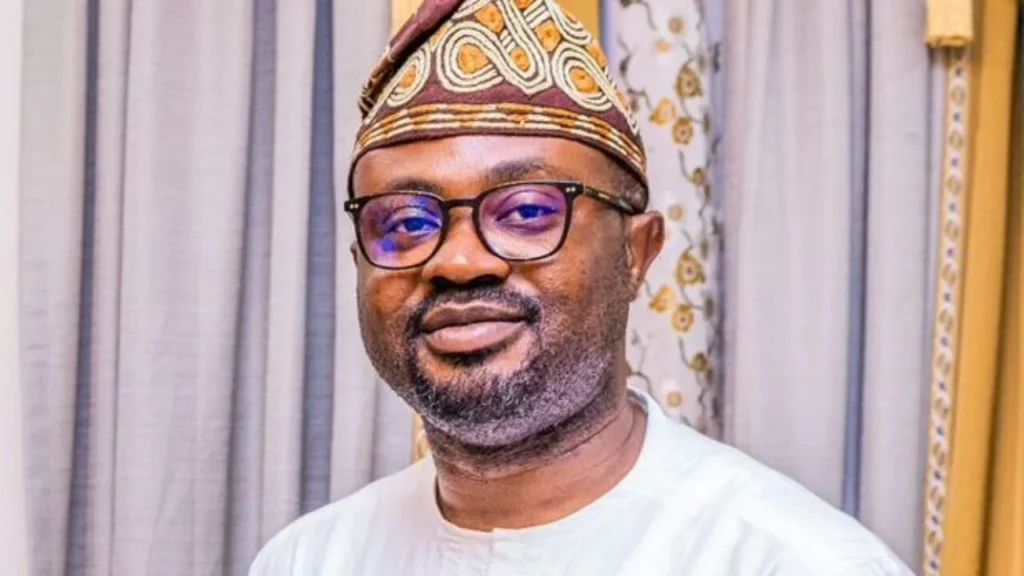By Abdul Lauya
In a sweeping push to decongest Nigeria’s overstretched custodial centres, the Federal Government has released over 7,600 inmates between January 2022 and June 2025.
Yet, despite this significant intervention, correctional facilities across the country remain alarmingly overcrowded, with a total population of 81,746 inmates, far exceeding the system’s 50,000 capacity.
The mass release, largely facilitated through payment of fines for indigent inmates, plea bargaining, and judicial reviews, marks one of the most ambitious decongestion efforts in recent years.
According to official figures, 707 inmates were freed in 2022, followed by 4,678 in 2023, 1,843 in 2024, and 418 in the first half of 2025.
Justice ministry officials say the programme has saved the government over ₦1 billion in feeding costs, with corporate donors contributing ₦585 million to the effort.
The releases, targeted mainly at non-violent offenders who had been held over unpaid fines or minor charges, were also backed by NGOs like LEDAP and PRAWA, which facilitated legal reviews for thousands.
In Ogun State, for instance, 67 inmates were freed in May during a jail delivery exercise led by the Chief Judge. Many had been in custody for years without trial.
Yet, the system remains in crisis. Latest data shows that more than 66 percent of the prison population, approximately 54,000 inmates, are awaiting trial.
Many are locked up in congested facilities like the Kuje and Kirikiri centres, often for minor offences, while high-profile detainees enjoy accelerated justice or political consideration.
Policy reforms, including the enforcement of the Administration of Criminal Justice Act (ACJA) and the Correctional Service Act, have introduced alternatives like community service, bail, and probation. Still, implementation remains uneven across states.
Analysts say the contradiction is stark: while the decongestion drive signals intent, the slow pace of justice reforms, inadequate legal representation, and poor judicial infrastructure continue to undermine progress.
Efforts to construct eight new mega-prisons are underway, but without deep systemic changes, the cycle of overcrowding may persist.
As Nigeria grapples with one of Africa’s highest pre-trial detention rates, the growing consensus is clear: releasing inmates is a temporary fix, the real work lies in fixing the justice system that keeps them locked up in the first place.
For advert placement and inquiries, publication of press releases, and news coverages, please call: Phone: 08052898434 Email: editor@eyereporters.com, click here to view the advert rates.



